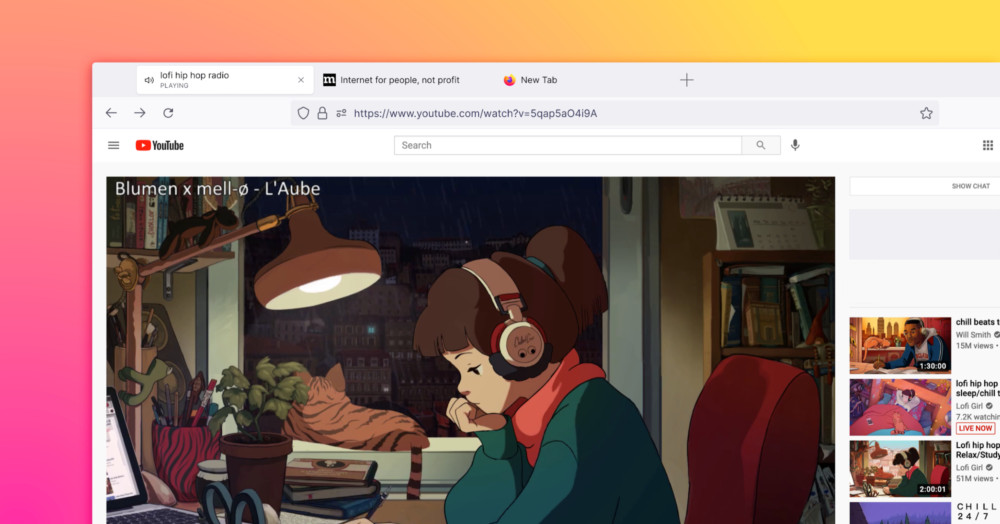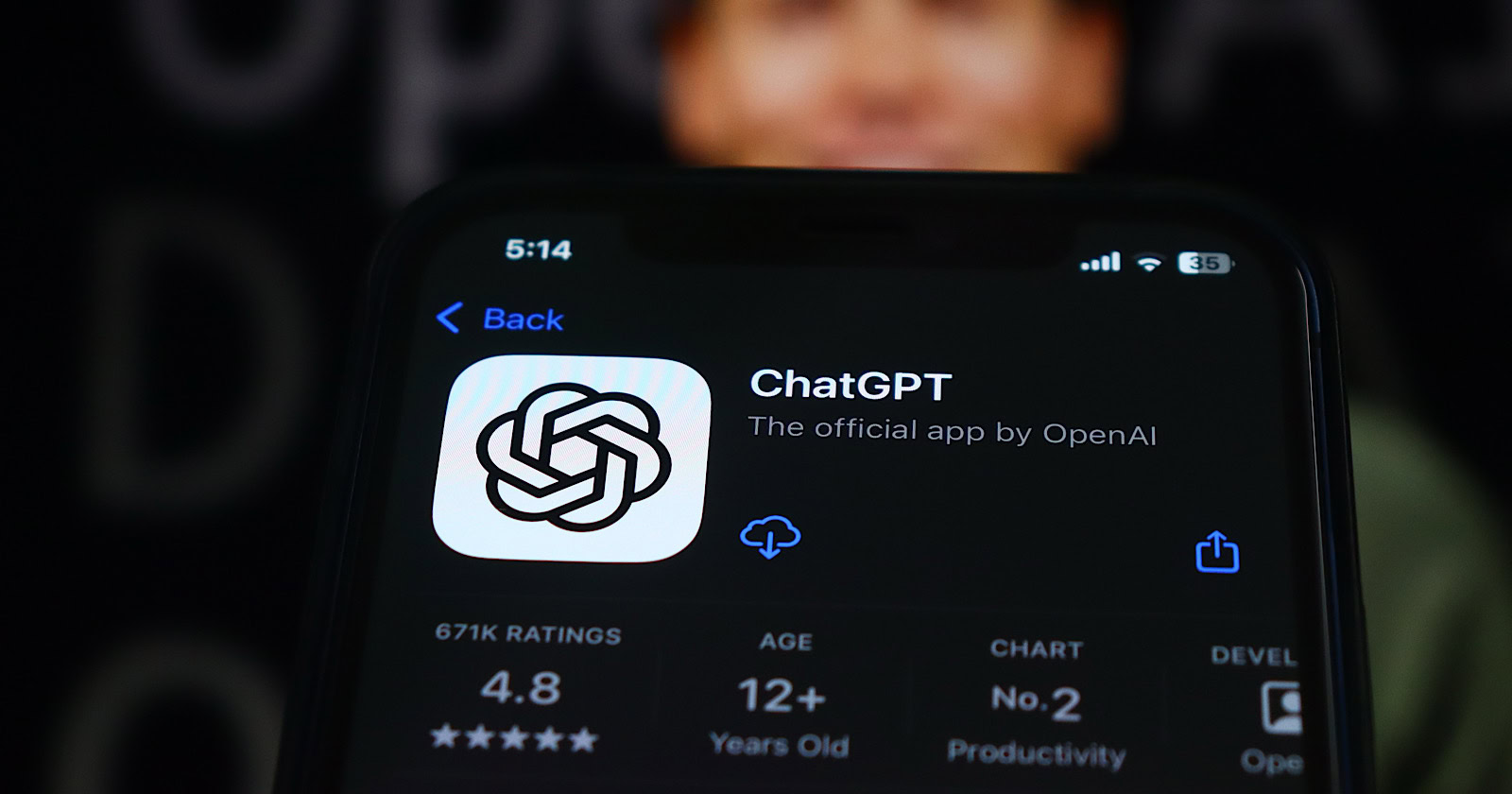Polestar 2 gets an over-the-air performance boost ‘without the hassle of a subscription’
Photo by Andrew Hawkins / The VergePolestar is offering an over-the-air (OTA) software update that boosts the electric Polestar 2’s performance by 68 horsepower. And rather than lock it behind an annual paywall as other automakers have done, the...
/cdn.vox-cdn.com/uploads/chorus_asset/file/22414418/ahawkins_20210321_4490_0003.jpg)
Polestar is offering an over-the-air (OTA) software update that boosts the electric Polestar 2’s performance by 68 horsepower. And rather than lock it behind an annual paywall as other automakers have done, the Chinese-Swedish company says it will only charge a one-time fee of $1,195.
The upgrade adds 68 horsepower and 15 pound-feet of torque to the existing 408hp and 487 lb-ft of torque currently offered by the Polestar 2’s dual-motor powertrain, for a total output of 476hp and 502 lb-ft. Because the upgrade is software-based, the performance boost can be downloaded directly to the vehicle without needing to take it to a service center. The performance upgrade is only available to owners of the long-range dual-motor version of the Polestar 2 and not the single-motor version.
After paying for the upgrade, customers’ Polestar 2 EVs will see a zero to 60mph acceleration reduction to 4.2 seconds.
After paying for the upgrade, customers’ Polestar 2 EVs will see a zero to 60mph acceleration reduction to 4.2 seconds. The company says the additional power and torque will primarily be felt at speeds between 44 and 80mph, “resulting in even, rapid mid-range acceleration.” Zooming from 50 to 75mph will take just 2.2 seconds — a whole half a second quicker than a standard dual-motor Polestar 2.
The update marks the first time that Polestar has offered a performance boost for its North American customers. And while OTA updates are not new — Tesla has been offering them for years — they are still somewhat novel for many car owners. For example, legacy automakers are still struggling to perfect a system that is as seamless and useful as Tesla’s.
Polestar says it wanted to avoid the “hassle of a subscription” in its reasoning behind offering the update as a one-time fee. Meanwhile, other automakers are showing an increasing willingness to lock certain options and performance upgrades behind an annual paywall. Mercedes-Benz, for example, recently said it would charge a yearly $1,200 fee for a horsepower and torque improvement for EQE and EQS owners.
As global sales for new cars have fallen in recent years, car manufacturers have pivoted toward selling software updates and features as subscriptions to generate a continuous revenue stream long after a car has been purchased. While this makes sense for certain software-specific offerings (such as premium navigation features or remote vehicle monitoring), Mercedes’ decision to paywall its vehicle performance is part of a more risky emerging trend that sees auto brands restricting the capabilities of hardware that already comes factory-equipped with the vehicle.
As a subsidiary of Volvo and Geely, Polestar is slightly better positioned to capitalize on vehicle connectivity to upsell its customers on performance-boosting software upgrades. The company started out as a performance subbrand of Volvo and has since evolved into an EV-only marque with aims to capture a sizable chunk of the premium and luxury market in the US.

 Astrong
Astrong 































